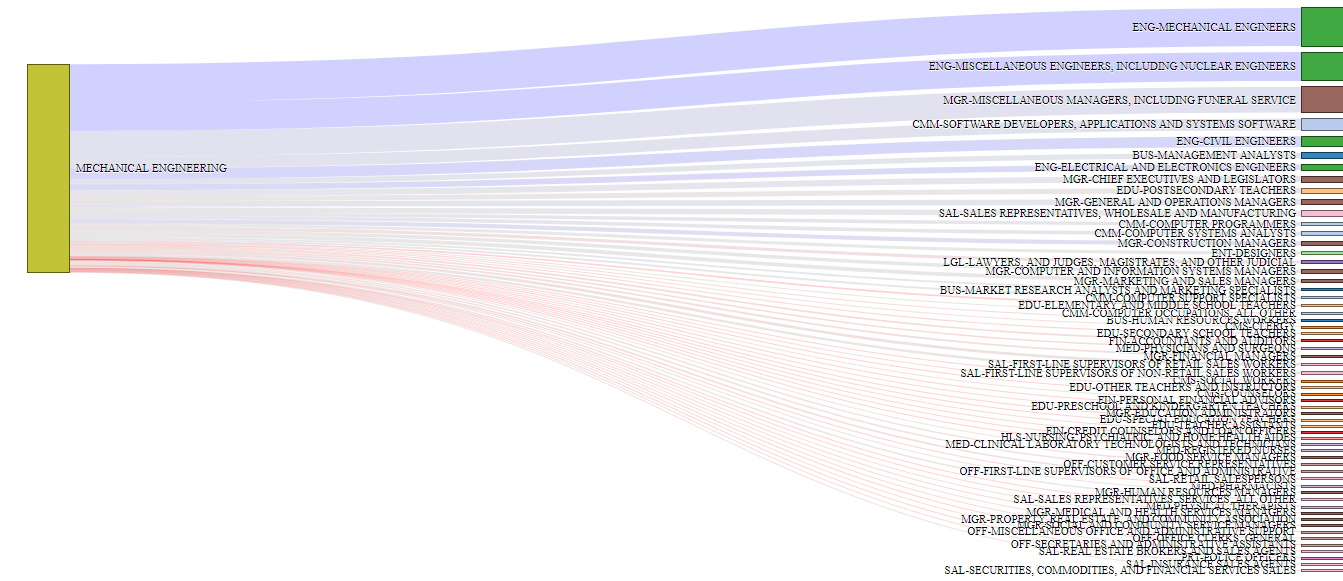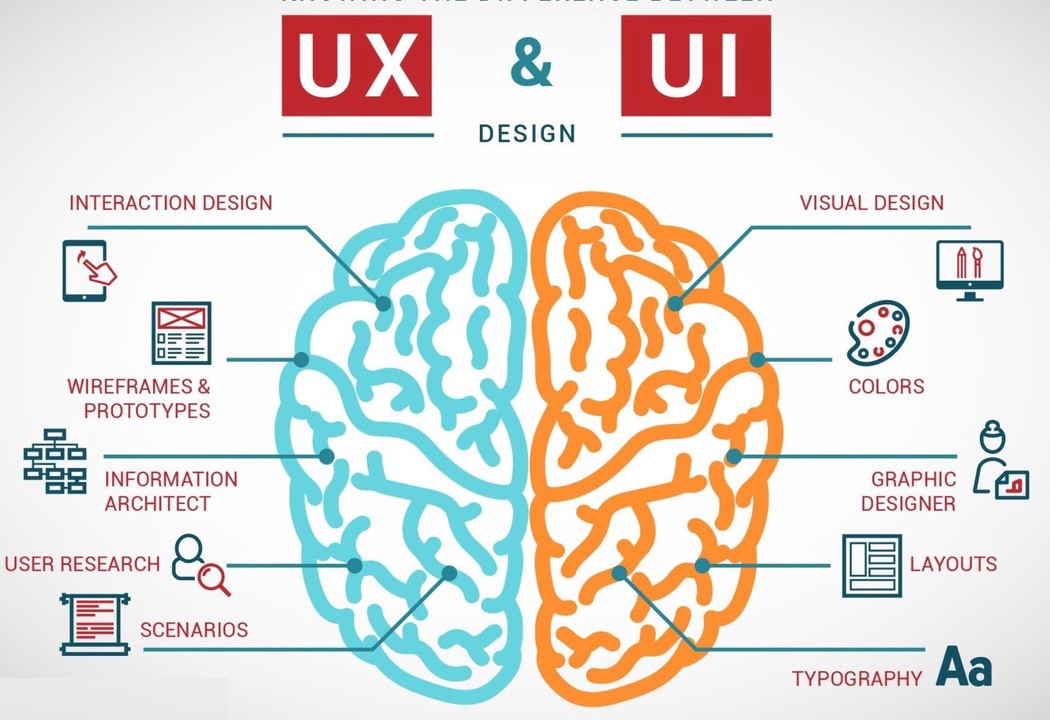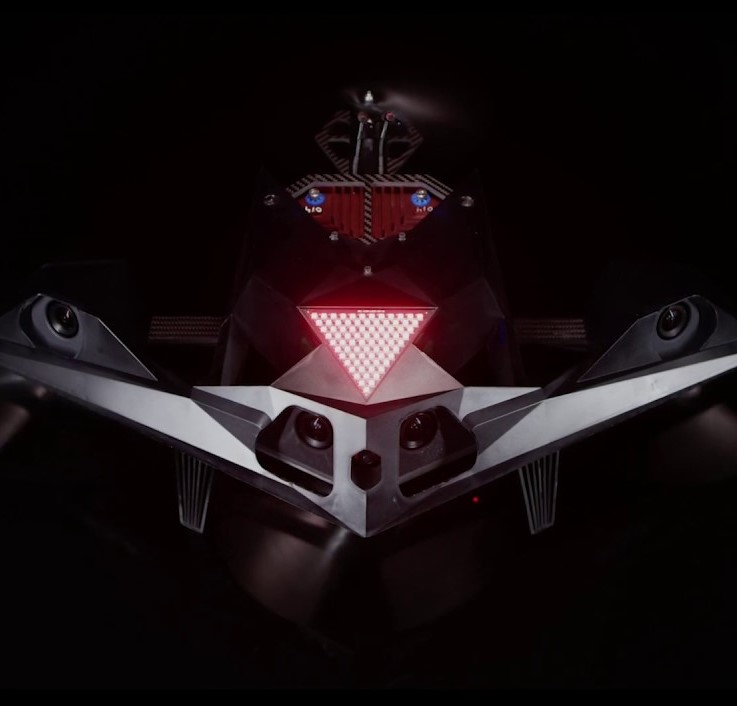 A review of master studies after mechatronics
A review of master studies after mechatronics
In this post I outline my motivations for the master’s programme I ended up studying: - a masters in embedded systems, “Droides and drones” at Ecole EFREI, Paris..
Hopefully this helps other engineers who are thinking about their career.

Some background
So I’m into tech development. I did a degree in Mechanical and Mechatronic engineering. But now I want to study further so I can become financially independent.
I like taking tech projects from an idea to a sustainable development. My degree in mechanical and mechatronic engineering was geared toward industrial applications. I soon realised that I wanted to expand in a variety of different tech. Chatting to previous graduates of my own degree made me realise that this particular career transition is more frequent than it appears. There are actually many fields that take in mechanical engineers.

After I graduated, I was unsure about my own skillset / what value I could contribute to the ‘world of work’. Is it like that for you too? I wrote a blogpost about ways to market yourself if you studied UCT’s Bsc Eng Mechanical and Mechatronics: link here.
This post focuses on my motivations for the master’s I ended up going for.
Initial motivations
I spent the last 6 months applying to various places. My approach was that of a part-time job: plan it all out, and work on it every day.
Professional motivations
I started out with the following motivations.
- I do not want to work in a sequestered section of a company (eg. quality control).
- I want to have some guarantee of financial stability happen in the next 4 years.
- I do want to develop a strong suit that will set me up in the next 30 years.
Careers in tech are an appealing option. However, choosing one specific direction was tough since:
- I am confused about the current state of technology in the world.
- I’m even more confused about the future state of technology (here’s an article that suggests promising study options.)
Strategy: first I looked at available programs, then I made a decision about this bigger picture. It’s a way of learning about my options as I go, although it’s definitely high-risk.
Contextual motivations
I first selected opportunities that fit the following characteristics.
-
In Europe I have a French passport and some of the top tech universities are in Europe. -
A place where I know the language To better navigate more pressing problems like finding work. -
A 2 year programme What can I realistically achieve in a year? -
Scholarship/bursary preferably I used a combination of ScholarshipPortal and Scholars4Dev.
I then proceeded to review the programs carefully.
-
Startup opportunities This allows for business expansion: schools with a startup culture; cities with thriving incubators; cities that bring together many fields of tech. -
Program with industrial exposure A program that incorporates work exposure is often well-informed about the industry, and so guarantees high employability. -
Program that is project-based Projects show others that I am able to learn and master certain skills.
List of masters’ applications
Before I explain more detailed motivations: Here is a summary of my masters’ applications, in order of application.
-
MIT Media Lab Media innovation at the Responsive Environments Lab or the Fluid Interfaces Lab, 2y rejected -
Paris Saclay Fablab digital fabrication, 8months aborted (no scholarship) -
Institute for Advanced Architecture of Catalonia (IAAC), Barcelona Robotics for construction, 1y accepted but aborted (expensive, competed unsuccessfully for scholarship, too specialised) -
KTH, Stockholm Autonomous Systems, 2y aborted (uploaded files accidentally corrupted) -
Malmö University, Malmö, Sweden Interaction Design, 2y aborted (uploaded files accidentally corrupted) -
EIT Digital, Madrid+Paris HCID, 2y accepted with scholarship, aborted (reservations about HCID) -
Ecole EFREI, Paris Embedded systems for Droides & Drones, 2y accepted, going. -
EMARO+, Nantes+Zurich Advanced Robotics, 2y aborted (reference letter uploaded too late) -
Emerson College, Boston Civic Media Design, 1y accepted with scholarship, aborted (too expensive) -
Ecole Polytechnique Paris Product development and business management as ‘Internet of Things, Innovation and Management’, 2y accepted with 0% interest loan, aborted (reservations about curriculum) -
EURECOM, Sofia-Antipolis telecommunications as ‘Internet of Things’, 2y rejected.
Detailed motivations
All being said, I obviously had certain paths in mind based on my own experience.
1. Landing in Boston, USA
My goal is to ultimately study a Masters in Boston. The MIT Media Lab has caught my attention as a hub of technological development with a major human focus. Just landing in Boston is a move I really would like to make. As a result, I applied to MIT (in media innovation) and Emerson College (in civic media design). I was rejected from MIT (not really surprised) and Emerson College offered me a place, but when getting down to the costs, I realised it was too bold a career move.
2. Studying as soon as possible
I really wanted to study something for free as soon as I could. As a result, I applied to Paris Saclay (in digital fabrication). Yet I did not receive a scholarship, so, no cigar.
3. Human-centered platforms
My senior research project was in app development. I developed and implemented a custom mobile app at the University of Cape Town. I liked how much potential there is for impact in the daily life of people, i.e. to create a product that has direct implementational value and is scalable. As a result, I applied to Malmö University (in interaction design) and EIT Digital (in human-computer interfaces). For Malmö, I didn’t send my transcript in the right format and I was therefore ineligible. As for EIT Digital, I was accepted around the same time as other programmes and it caused me to think hard about platform design. I realised that it may be fun and somehow lucrative, but I was aware that it was not a very stable field to work in. After all, app development will not be booming in 5 years as it is now (according to software developers at my local tech hub, Codebridge). Students at EIT describe their internships as marred by difficulties to convince the company of the worth of conducting market research. That did not appeal to me.

4. Robotics
My degree in mechanical and mechatronic engineering has placed me in a very priviledged position. The previous options are in many ways a transition from my studies. However, some options can further me as a technical engineer such as autonomous systems and robotics. As a result, I applied to IAAC (in robotics for construction), KTH (in autonomous systems) and EMARO+ (in advanced robotics). I was accepted in the first, but I accidentally messed up my application files for the next two (what a waste of time…). Careful consideration of the field of robotics for construction made me realise that it is in its nascent stages. There is actually very little guarantee of it being a stable field in a few years. According to reports by BCG and Bain, there is a major push to bring robotics on the construction site (land-surveying drones, land-forming robots) but the actual needs of construction companies have not been spelled out yet. This did not appeal to me.
5. Tech entrepreneurship
I have a passion for tech entrepreneurship. I decided that engineering programmes with a management component are particularly interesting. As a result, I applied to Polytechnique Paris (in product development and business management). I actually got in, and I was proud due to the school’s prestige in the local region. However tuition alone for the 2 years cost 24000€. I reached out to the current students. I realised that this programme trains students to be experts in a very specific telecommunications technology (Bluetooth, Wifi) and using this training, the second year then supports the students in developing their own business/consulting for a corporate. This is bold. What if my business doesn’t make it 5 years from now? It’s a huge risk. You’d basically be working for Cisco who have labs there. In fact, mid-2018 reports by Cisco and BCG ( see here) list many obstacles before the Internet of Things gains traction within business: better hardware security being my personal favourite. So will IoT really happen in the next 5 years? Will my business get started? Odds these high are a bit too uncertain for me.
6. Data-driven forms of development
Following conversations with CEOS of product and software development companies, I realised that it would be very strategic to gain skills in system development. My approach, basically, is to gain even more experience as a developer, while learning the technologies involved in two of the most promising fields coming up in the next few years: in robotics and in cloud computing. After all, the distinction between robotics and AI is blurring as can be read here. As a result, I applied to EURECOM (in telecommunications) and Ecole EFREI (in embedded systems). I was cleanly rejected from the first. But I was accepted in to the second.
Summary
I am aware that I have a very limited amount of info about the tech market. With the information I have in the moment, Ecole EFREI currently seems the most strategic direction for me.

